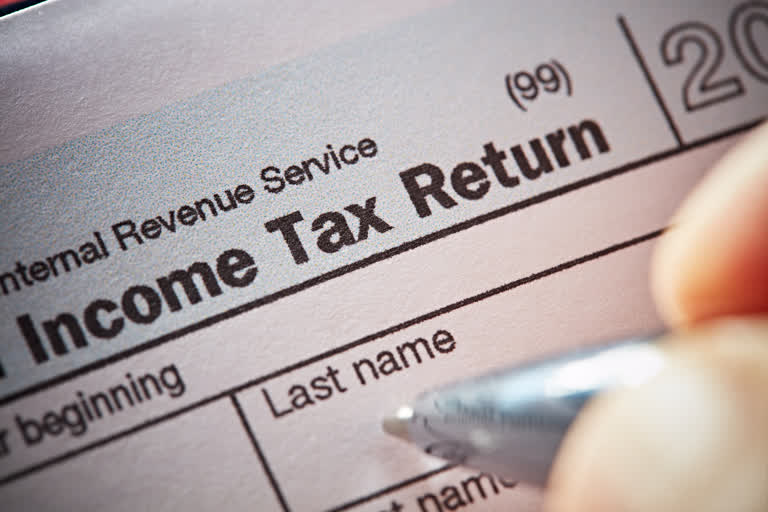Mumbai: The new income tax return (ITR) forms, ITR 1 to ITR 7, have been released by the Income Tax Department, for the financial year 2018-19 and assessment year 2019-20. The Central Board of Direct Taxes (CBDT) has incorporated a few changes in ITR 1 or Sahaj.
Note that ITR 1 or Sahaj is for resident Indian, individuals earning income from salaries, one house property, other sources (interest etc) and having total income up to Rs 50 lakh, according to the income tax e-filing portal.
Changes you must know
This year tax authorities are trying to collect some more information from you as against the last year, as the I-T department intends to cast a wider tax net and at the same time increase the tax base.
With this, the tax authorities also want to inculcate the idea of tax compliance among taxpayers and curb tax evasion. As of November 2018, there were more than 6.5 crore taxpayers in the country. The income tax department wants to see this number further going up.
Column for standard deduction
This year ITR 1 or SAHAJ comes with separate column for filling standard deduction. Standard deduction for FY19 has been fixed at Rs 40,000. It was introduced in the 2018 budget by Finance Minister Arun Jaitley.
The government had back then scrapped conveyance allowance and medical reimbursement, two key salary components, to make way for standard deduction. The conveyance allowance was Rs 19,200 and medical reimbursement was Rs 15,000 per annum before the two were discontinued.
Details of income from other sources
This year if you are filling up ITR 1, you will have to fill in details of income from other sources. In last year’s form you only had to mention the ‘amount’ of such income. For FY19 fiscal, the scene is different.
